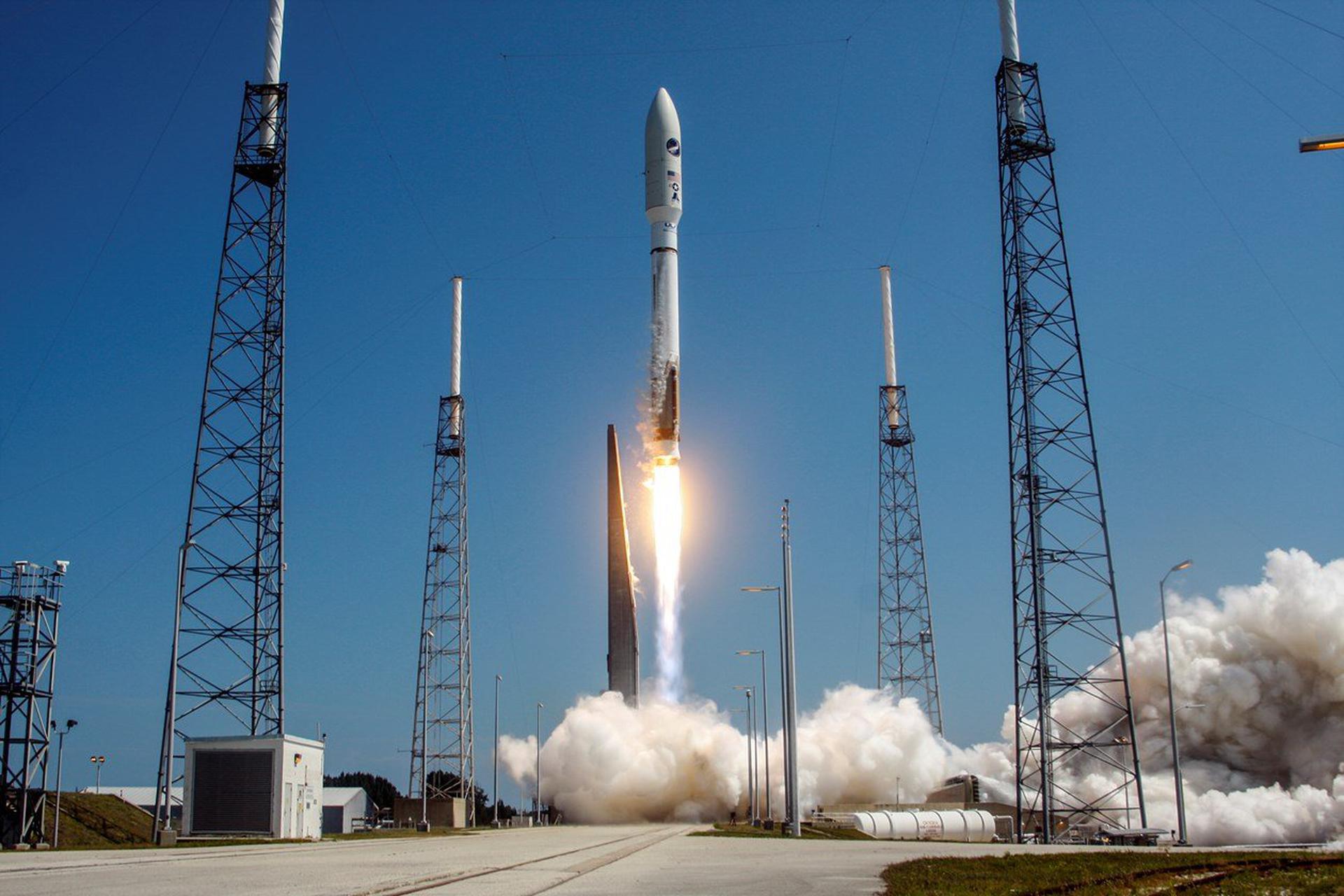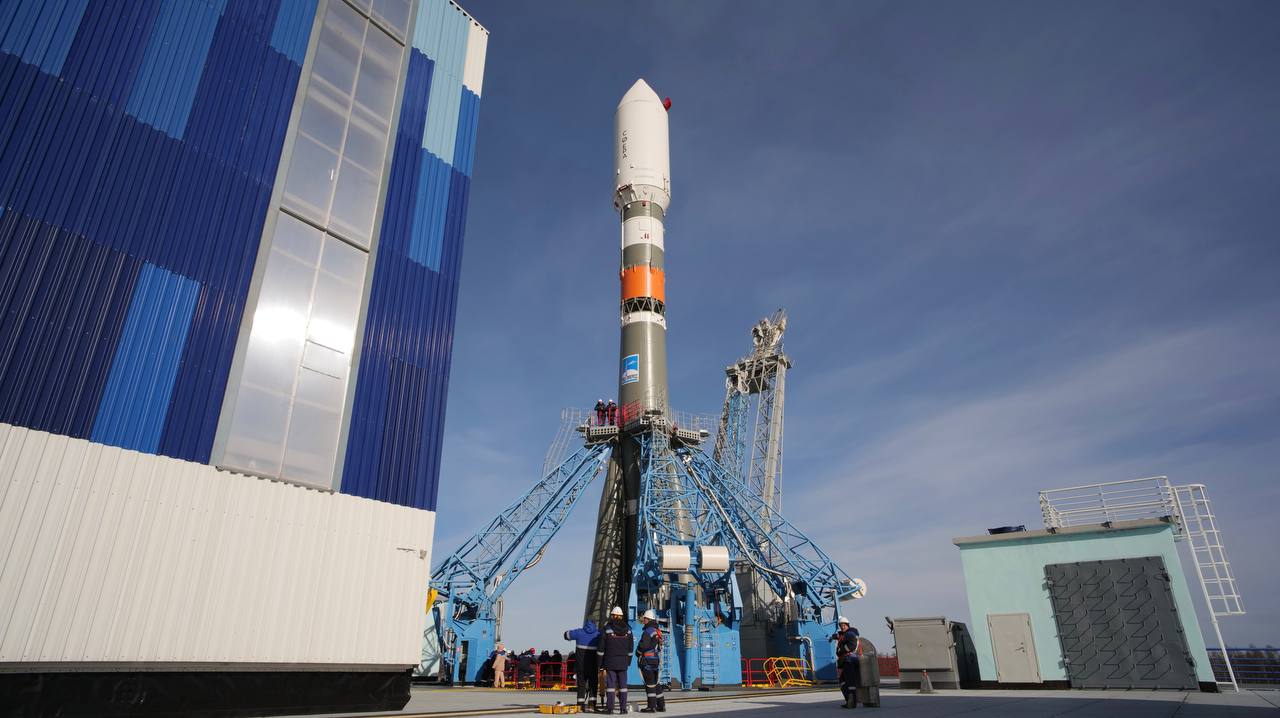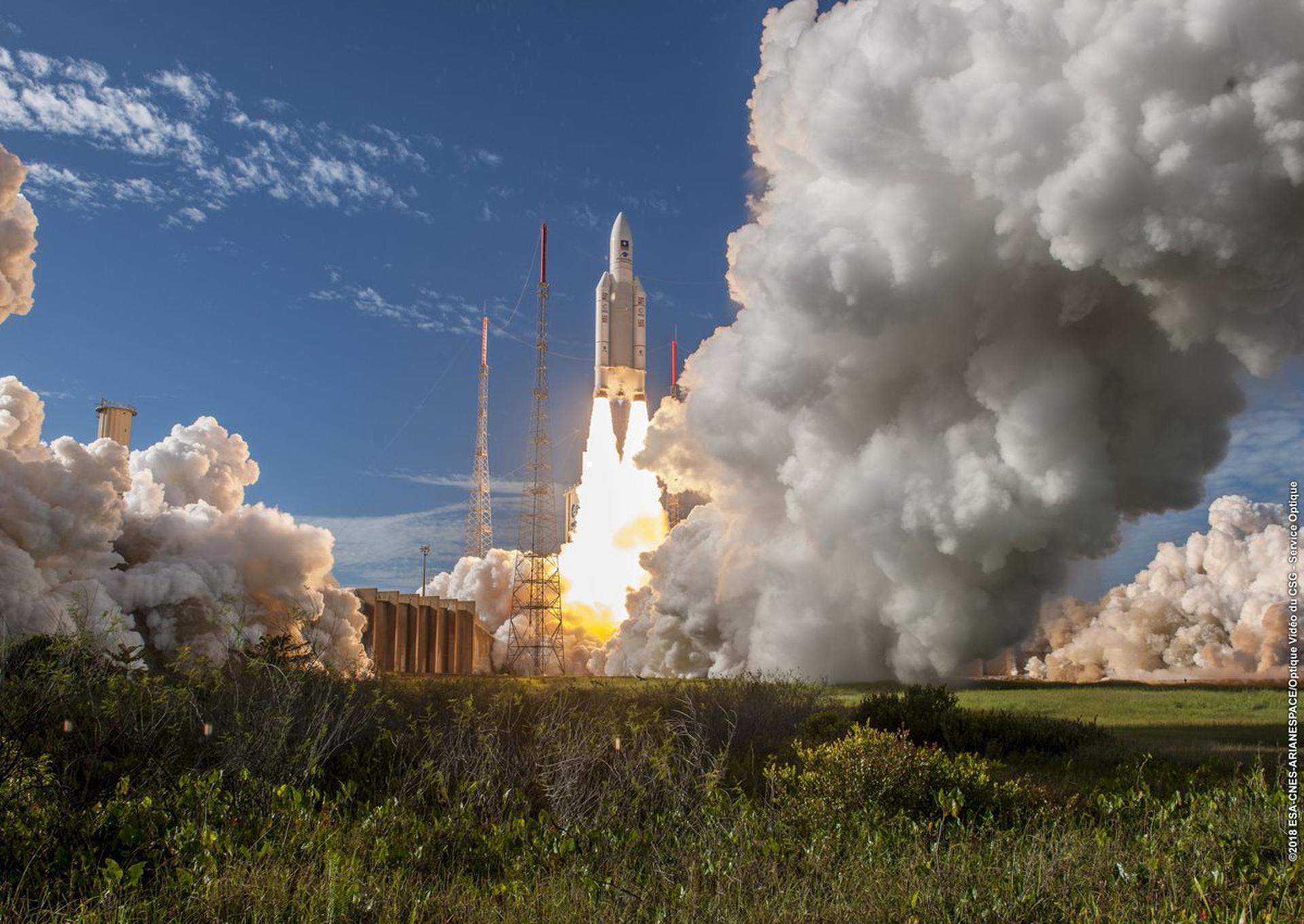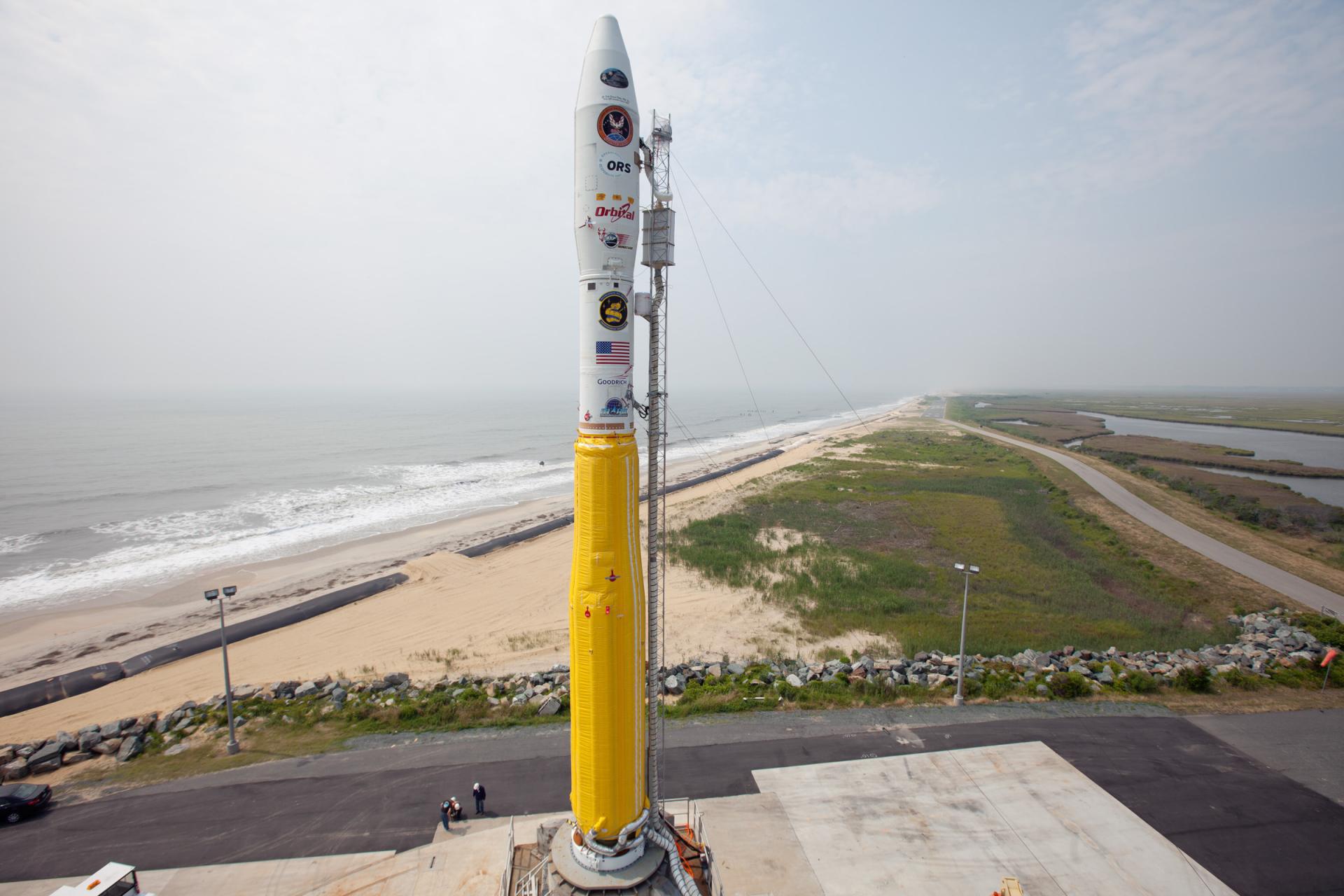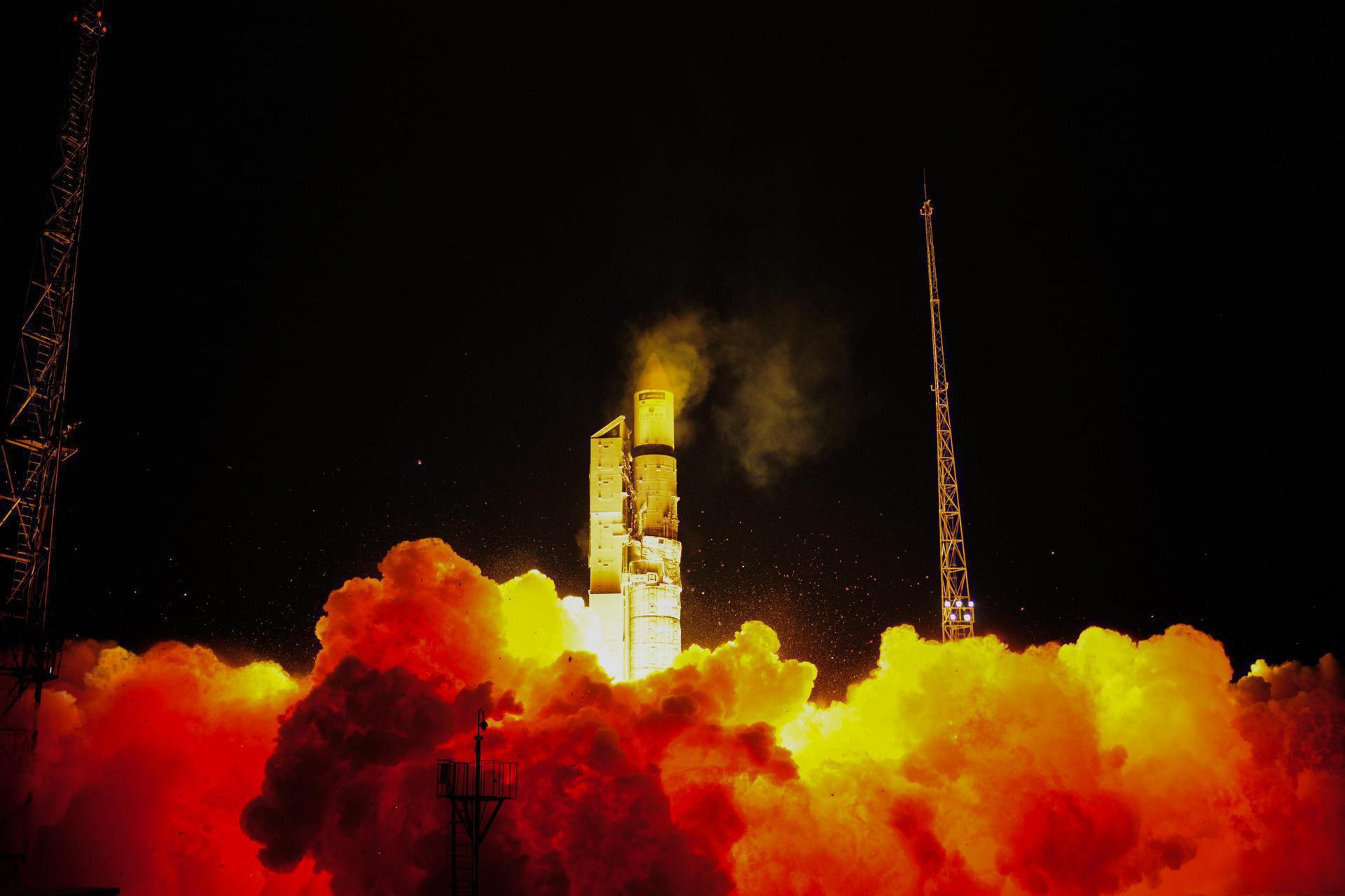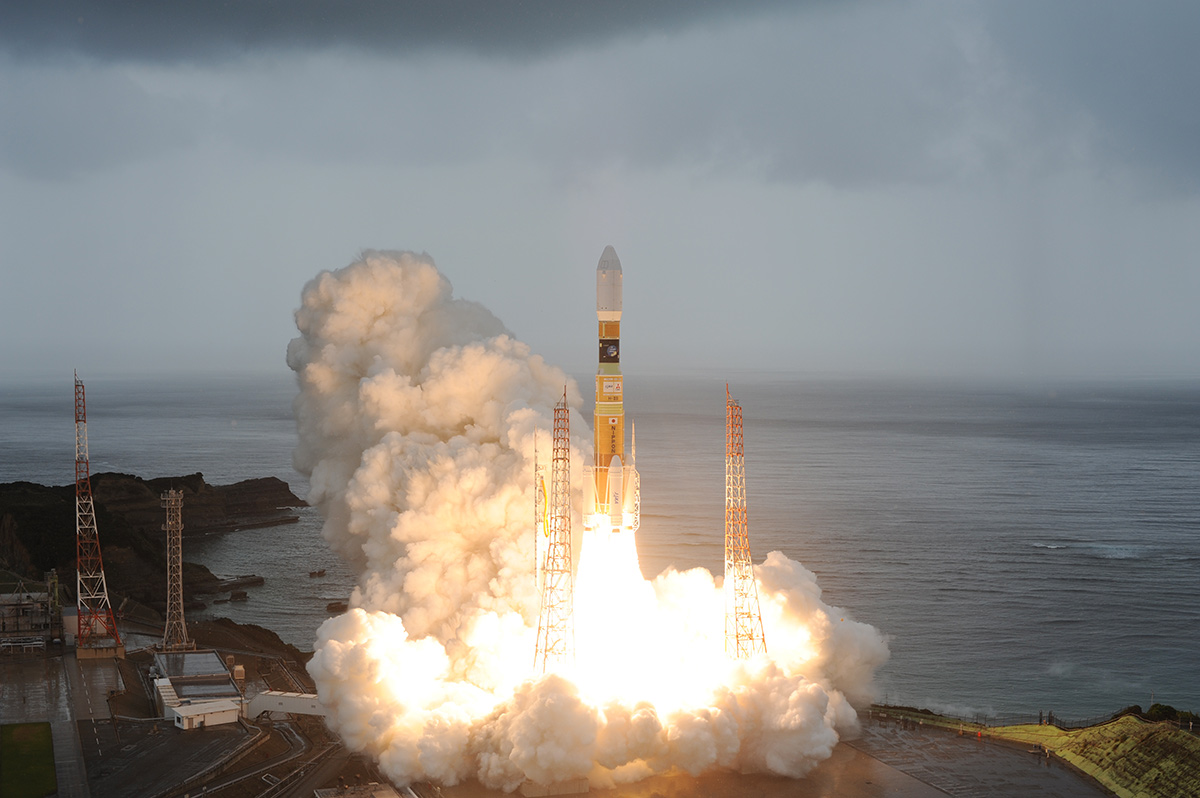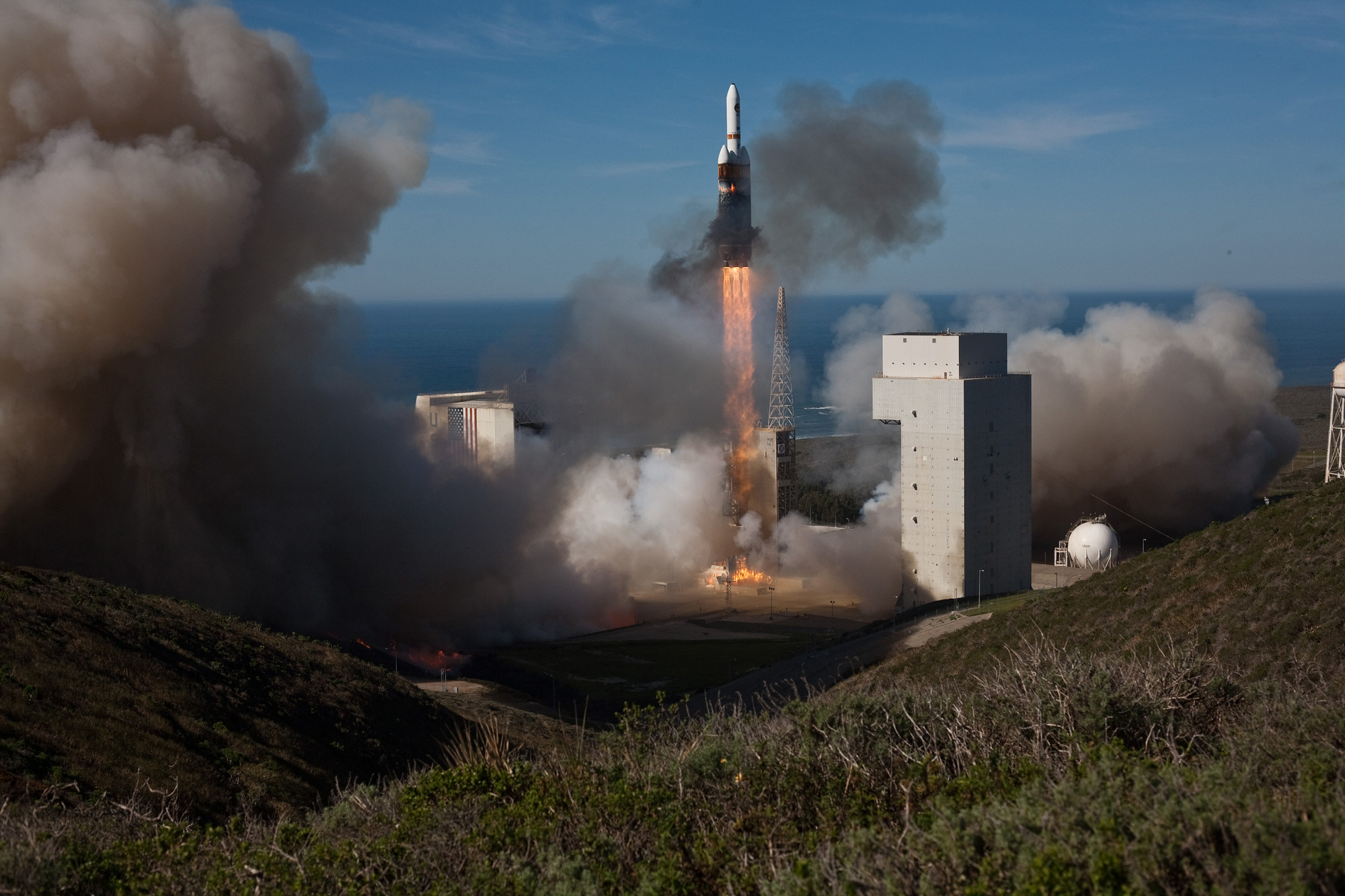Previous Spaceflight Launches
Filter by Agency, Locations or Vehicles
Show All LaunchesAtlas V 501 | OTV-2 (X-37B) (USA-226)
United Launch Alliance | United States of AmericaCape Canaveral SFS, FL, USA
March 5, 2011, 10:46 p.m.
Status: Launch Successful
Mission:
It is the first flight of the second Boeing X-37B, a United States Air Force Orbital Test Vehicle 2, which is an unmanned 5000 kg, 8.8 m-long reusable mini-spaceplane capable of autonomous re-entry and landing. The OTV-2 mission was designed to test new technologies, however the specific identity of the spaceship's payload was not revealed. The mission concluded after 468 days in orbit.
Low Earth OrbitMinotaur-C (Taurus XL) | Glory
Orbital ATK | United States of AmericaVandenberg SFB, CA, USA
March 4, 2011, 10:09 a.m.
Soyuz-2.1b/Fregat | Glonass-K1 (Kosmos 2471)
Progress Rocket Space Center | RussiaPlesetsk Cosmodrome, Russian Federation
Feb. 26, 2011, 3:07 a.m.
Status: Launch Successful
Mission:
Glonass-K are the third generation of satellite design for GLONASS satellite navigation system. GLONASS is a Russian space-based navigation system comparable to the similar GPS and Galileo systems. This generation improves on accuracy, power consumption and design life. Each satellite is unpressurized and weighs 935 kg, and has an operational lifetime of 10 years.
Medium Earth OrbitSpace Shuttle Discovery / OV-103 | STS-133
National Aeronautics and Space Administration | United States of AmericaKennedy Space Center, FL, USA
Feb. 24, 2011, 9:53 p.m.
Status: Launch Successful
Mission:
STS-133 was an ISS assembly flight. Payload included the Permanent Multipurpose Module Leonardo, which was left permanently docked to one of the station's ports. The shuttle also carried the third of four ExPRESS Logistics Carriers to the ISS, as well as a humanoid robot called Robonaut.
Low Earth OrbitAriane 5 ES | Johannes Kepler ATV (ATV-002)
ArianeGroup | FranceGuiana Space Centre, French Guiana
Feb. 16, 2011, 9:51 p.m.
Status: Launch Successful
Mission:
ATV-2 is the Automated Transfer Vehicle operated by the European Space Agency (ESA) to resupply the international space station (ISS) with propellant, water, air and dry cargo. After 8 days in orbit it docked to the ISS on 24th February 2011.
Low Earth OrbitMinotaur I | NROL-66 (RPP) (USA-225)
Orbital Sciences Corporation | United States of AmericaVandenberg SFB, CA, USA
Feb. 6, 2011, 12:26 p.m.
Status: Launch Successful
Mission:
USA-225, also known as the Rapid Pathfinder Prototype (RPP) and NRO Launch 66 (NROL-66), is an American satellite which was launched in 2011. The satellite is being used to perform technology demonstration and development experiments, including advanced dosimeters to characterize the space environment from a 1,200 kilometer low Earth orbit. It is operated by the United States National Reconnaissance Office.
Low Earth OrbitRokot/Briz-KM | Geo-IK-2 No.11L (Kosmos 2470)
Russian Aerospace Defence Forces | RussiaPlesetsk Cosmodrome, Russian Federation
Feb. 1, 2011, 2 p.m.
Status: Launch Failure
Mission:
Geo-IK-2 is a Russian geodesy mission to deliver precise three-dimensional maps of the Earth’s surface and gravitational data for use in scientific studies and military applications. This satellite was supposed to be the first one of the two-spacecraft system, however it was not delivered to an operational orbit due to upper stage underperformance.
Sun-Synchronous OrbitSoyuz-U | Progress M-09M (41P)
Russian Federal Space Agency (ROSCOSMOS) | RussiaBaikonur Cosmodrome, Republic of Kazakhstan
Jan. 28, 2011, 1:31 a.m.
H-IIB 304 | Kounotori 2 (HTV-2)
Mitsubishi Heavy Industries | JapanTanegashima Space Center, Japan
Jan. 22, 2011, 5:37 a.m.
Delta IV Heavy | NROL-49 (KH-11) (USA-224)
United Launch Alliance | United States of AmericaVandenberg SFB, CA, USA
Jan. 20, 2011, 9:10 p.m.
